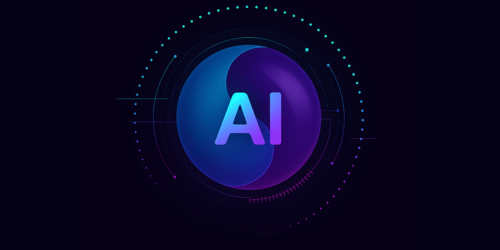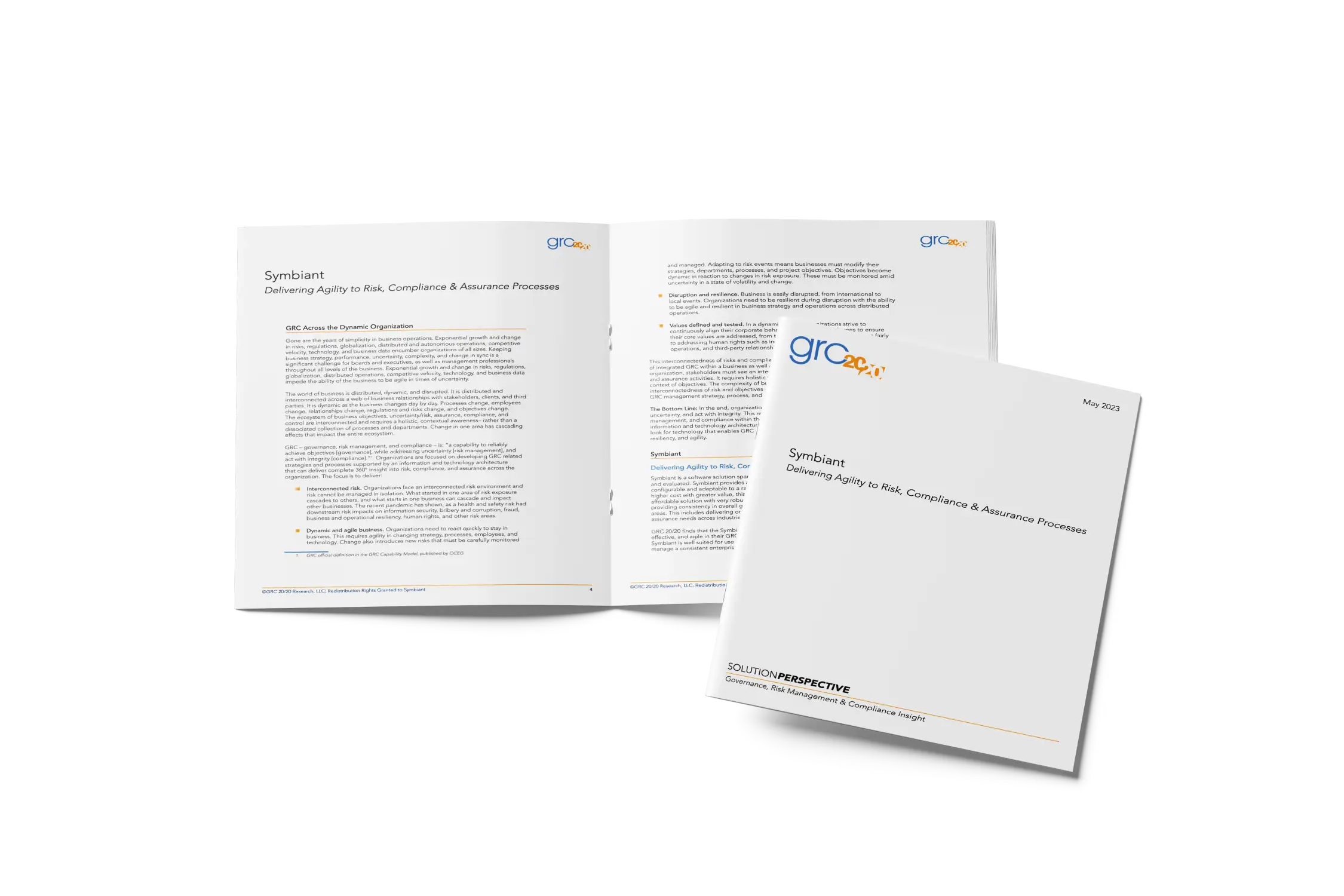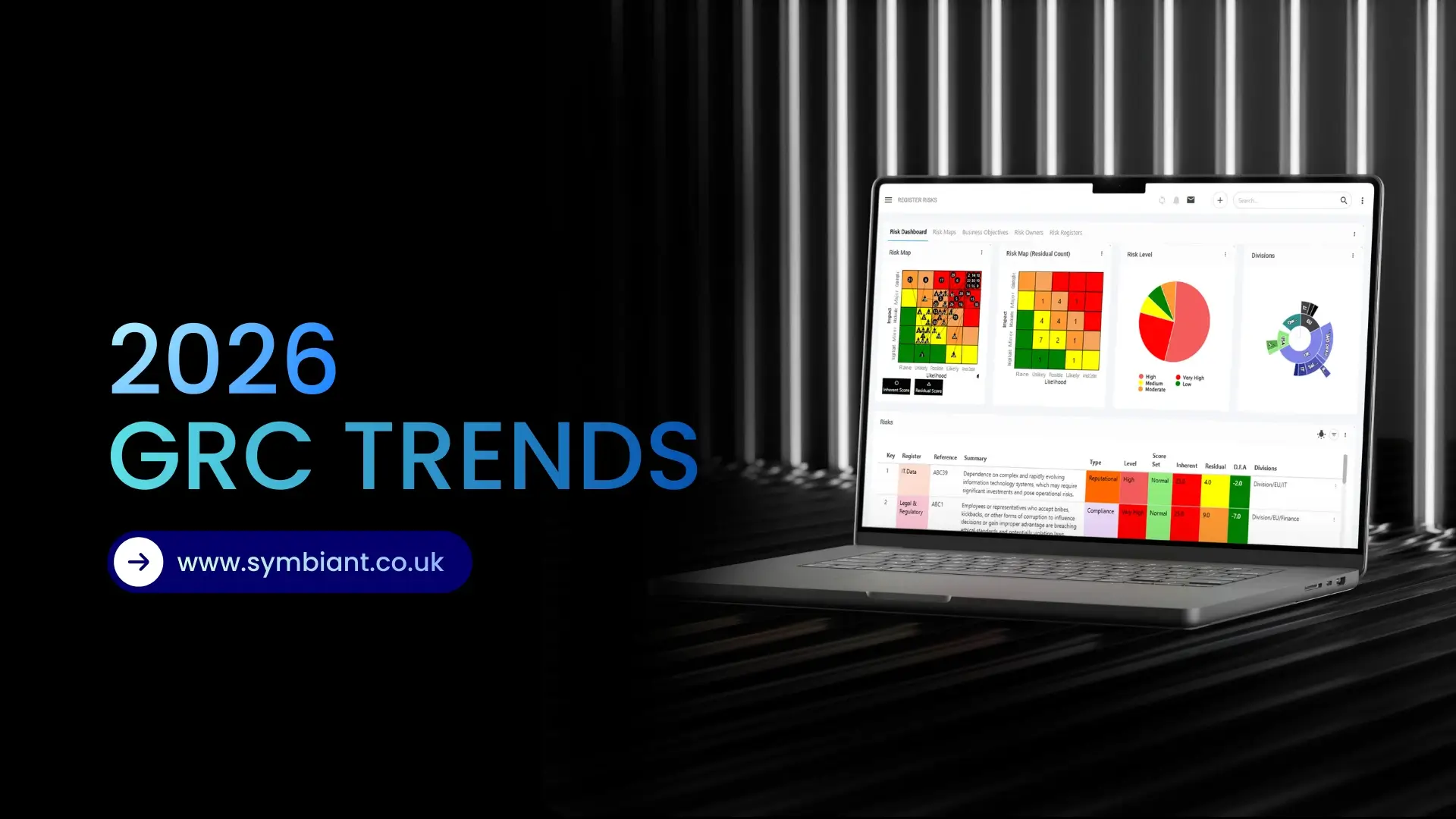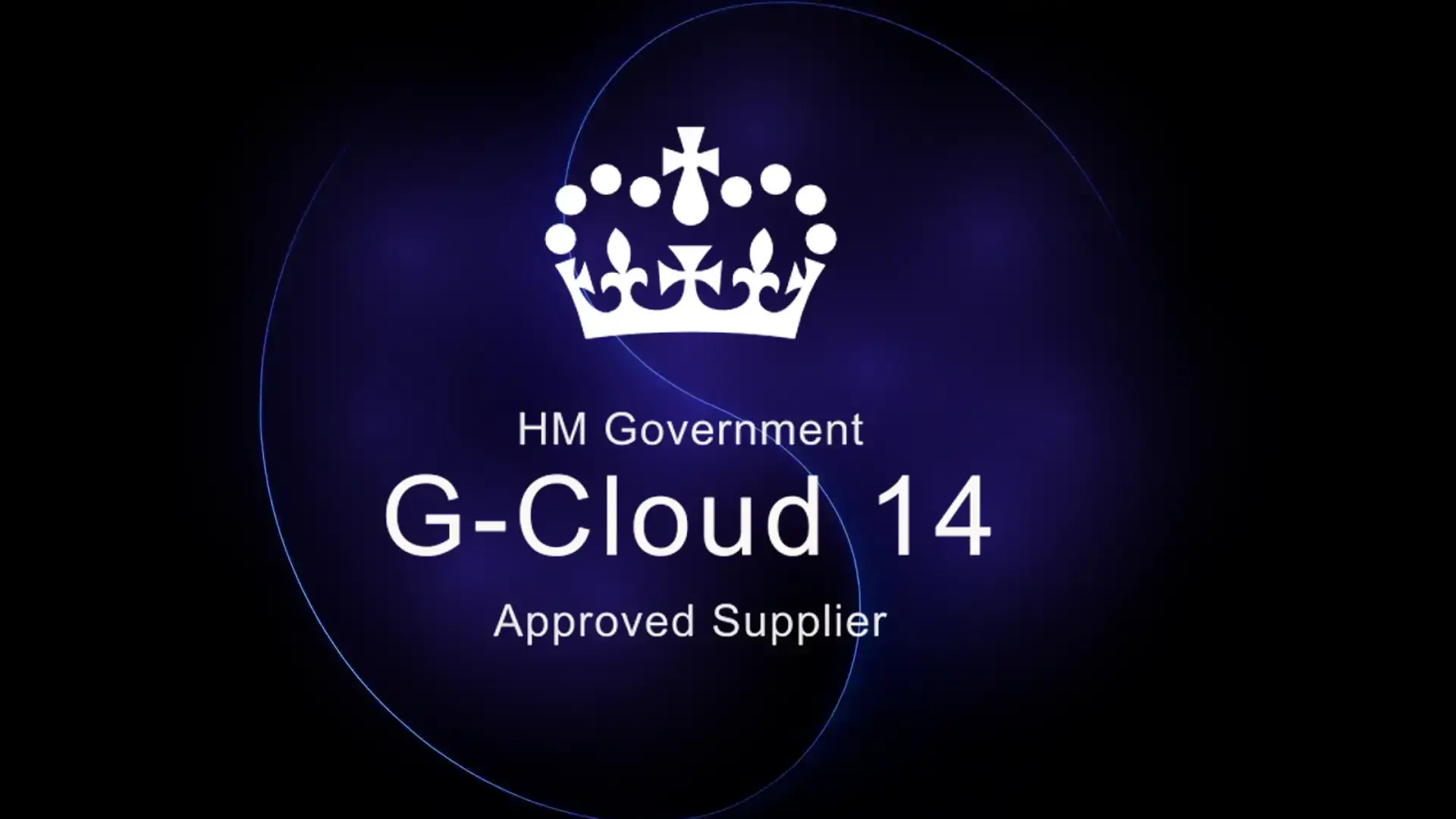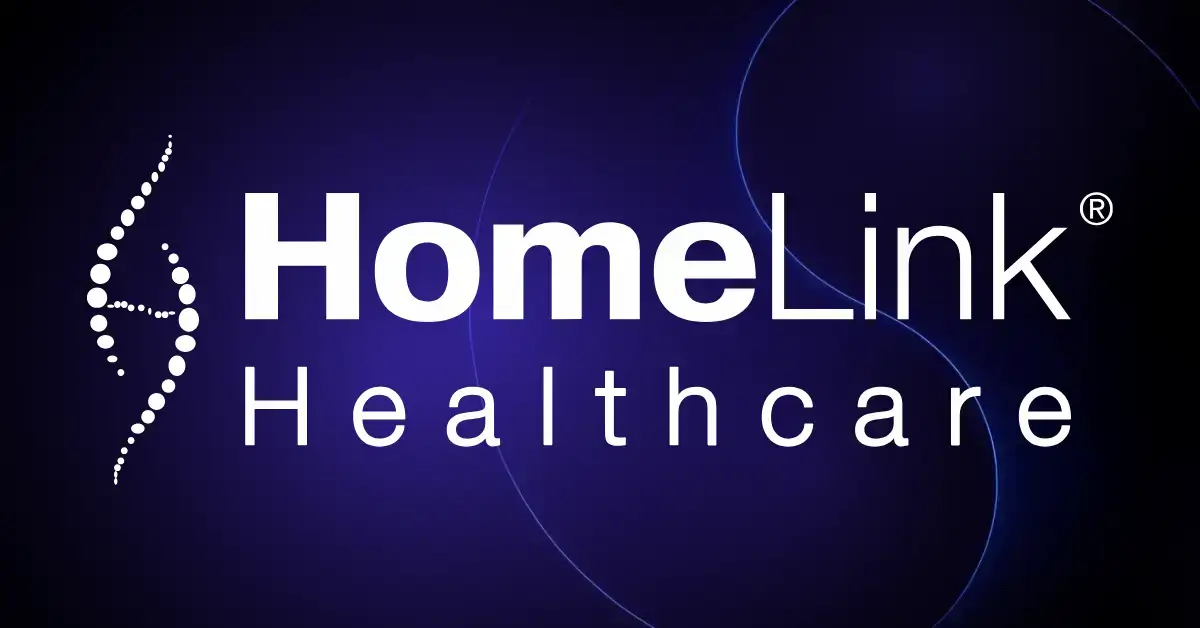The Strategic Value of Governance, Risk, and Compliance (GRC) in Modern Business
Governance, Risk, and Compliance (GRC) is foundational to organisational success. It goes far beyond meeting regulatory obligations or preparing for audits. When implemented effectively, GRC becomes a strategic framework that enables responsible growth, strengthens operational resilience, and protects long-term business value.
Today’s organisations operate in an environment shaped by constant change: regulatory shifts, cyber threats, supply chain volatility, and rising stakeholder expectations. In this context, GRC plays a pivotal role in enabling agility, supporting informed decisions, and ensuring that every action aligns with enterprise objectives and risk appetite.
However, the full potential of GRC is rarely realised when teams are constrained by outdated tools. Spreadsheets, shared drives, and email-based workflows may offer a short-term solution, but they come at a long-term cost. Relying on tools not built for GRC can expose your organisation to unnecessary vulnerabilities, here’s why SharePoint and Excel are dangerous tools for risk management. These manual processes drain resources, increase the likelihood of errors, and hinder visibility across departments. More importantly, they prevent risk, compliance, governance and audit teams from focusing on what matters most: strategic risk reduction and proactive business support.
The Hidden Cost of Manual GRC Tools
Manual GRC workflows are still widespread, but they’re also dangerously inefficient. Tracking controls in Excel, managing policies in Word documents, and chasing audit evidence via email might seem manageable at first, but these processes are time-consuming, error-prone, and unsustainable.
The cost isn’t just time, it’s opportunity. Every hour spent revalidating the same control, formatting the same report, or gathering audit documentation is an hour not spent reducing risk, analysing threats, or preparing for growth. Worse, these tasks often fall to your most skilled team members, turning strategic thinkers into administrative coordinators.
Stop Wasting Expertise on Spreadsheets: Unlocking the True Value of Your GRC Team
GRC professionals bring deep subject matter expertise and cross-functional insight to the table. They are uniquely positioned to lead strategic initiatives, strengthen organisational resilience, and build trust with stakeholders across the business, from executive leadership to regulators and partners.
But too often, that expertise is wasted.
Instead of advising on strategic risk exposure or supporting growth initiatives, highly skilled professionals are buried in low-value, reactive tasks: chasing audit evidence, updating spreadsheets, revalidating the same controls for the fifth time, or formatting documents for review.
With spreadsheets, you don’t manage risk, you manage spreadsheets.
This misalignment doesn’t just affect productivity, it limits the maturity and credibility of the entire GRC function. Valuable time is spent managing inboxes, tracking policy approvals, or duplicating effort across disconnected systems, rather than identifying gaps, engaging with business units, or aligning risks to strategic objectives.
Your value doesn’t lie in documentation, it lies in the decisions you help the business make.
Positioning GRC as a Strategic Business Enabler
While GRC is often viewed through a compliance lens, the real value of a mature GRC programme lies in its ability to support business performance. When governance and risk processes are aligned with strategic goals, GRC becomes a powerful enabler, offering clarity, stability, and insight at every level of decision-making.
Rather than slowing the business down, GRC should actively remove risk-related friction. A well-implemented GRC system gives leadership the confidence to expand into new markets, onboard critical vendors, and navigate uncertainty without compromising control.
In short, GRC is not just a safeguard, it’s a strategic function that protects revenue, unlocks opportunity, and builds trust with customers, regulators, partners, and stakeholders.
Connecting GRC to Core Business Objectives
A modern GRC platform, like Symbiant, helps translate governance and risk management into measurable business value across four key dimensions:
Stakeholder Confidence
Customers, regulators, and board members increasingly evaluate organisational maturity through the lens of GRC. Symbiant delivers real-time visibility, accountability, and audit readiness, building trust at every level.
Revenue Enablement
A clearly documented and well-governed control environment reduces sales friction, accelerates vendor onboarding, and unlocks access to high-compliance or regulated markets.
Risk Reduction
Symbiant provides a centralised, connected view of risks, controls, and incidents, acting as a single source of truth (SSOT) for your organisation’s GRC data. This reduces both the likelihood and impact of disruptive events.
Operational Efficiency
By automating audits, assessments, reviews, and workflows, Symbiant frees your team from manual admin, allowing them to focus on continuous improvement and forward-looking risk strategy.
Symbiant AI, Your Risk Manager Professional at Your Fingertip
Symbiant’s optional AI Assistant is fully integrated and purpose-trained on real-world risk, audit, and compliance challenges. It understands your data while keeping it secure, helping to surface hidden threats and unidentified risks. It identifies root causes and predicts the consequences of control failures, helping you understand how risks may cascade across your organisation and where additional vulnerabilities could emerge.
It effortlessly connects information across business functions—bringing together disconnected data from risk, audit, compliance, and other sources across your organisation, to deliver actionable insights.
The Real Cost of Inaction
When GRC tools are familiar, like spreadsheets or shared folders, it’s easy to assume they’re “good enough.” But over time, the hidden costs of outdated tools become impossible to ignore.
Disconnected systems may not appear as a budget line item, but they impact your ability to manage risk, respond to change, and operate efficiently. Delayed responses, missed risks, and inconsistent reporting compound silently, until they disrupt growth or damage trust.
Improving your GRC infrastructure isn’t just about saving time, it’s about removing friction, building confidence, and creating a platform for smarter, faster decisions.
Proven in complex environments and trusted by organisations of all sizes worldwide, Symbiant has been delivering the most powerful, flexible and affordable GRC solutions since 1999—starting at just £300/month with 10 user seats.
Affordability at Symbiant doesn’t mean compromise, it means efficiency by design. We’ve built our platform on the principle of delivering exceptional quality without inflated costs.
Unlike many GRC providers, we’ve grown organically, with no debt, no external investors, and no costly acquisitions. Every module is developed in-house, ensuring performance, security, and full control over every feature.
This streamlined, purpose-built approach allows us to offer a robust, enterprise-grade GRC and audit solution at just £100 *per module per month.
In short, Symbiant gives you top-tier functionality, complete flexibility, and full transparency, without ever compromising on quality.
The Longer You Wait, the Greater the Risk
Delaying investment in modern GRC systems may feel convenient, but it comes at a growing cost. As inefficiencies compound, the risks to your business become harder to ignore. Without the right tools in place, you’re more likely to face:
- Unrecognised or underreported risks that expose the organisation to avoidable threats
- Prolonged audit cycles with more findings, gaps, and remediation delays
- Stalled vendor reviews and sales cycles due to lack of documentation or visibility
- Delayed strategic initiatives as compliance teams struggle to keep pace
- Burnout and attrition among top GRC talent, who are overwhelmed by manual processes, and much more.
Why Cost Shouldn’t Be a Barrier to Smarter GRC
For many organisations, budget concerns can delay the transition to more advanced GRC systems. But the cost of maintaining manual processes, while less visible, adds up quickly. Time lost to repetitive tasks, missed risks due to lack of oversight, and the inefficiencies of disconnected tools can quietly drain both resources and revenue.
Even modest time savings from automating evidence collection, policy management, or access reviews can deliver a meaningful return within the first year, especially when that reclaimed time is reinvested into higher-value activities like risk analysis, process improvement, or preparing for future frameworks.
That’s why Symbiant is designed to be both powerful and accessible, it’s one of the most affordable GRC platforms available. Symbiant is a world-leading, highly trusted, award-winning GRC and Audit platform—designed to help organisations achieve objectives, reduce risk, and stay resilient with confidence, clarity, and cost-efficiency. Fully modular, agile, and easy to embed, Symbiant fits effortlessly around your existing structure, simplifying processes, breaking down silos, adapting to your exact requirements, and scaling seamlessly as your needs evolve.
The Bottom Line
You don’t need bloated enterprise software or a long-term implementation project to modernise GRC. You need a platform that’s flexible, agile, powerful, and built with your real-world challenges in mind.
Symbiant helps you move from reactive compliance to proactive control, unlocking value across your organisation.
All-in-One GRC & Audit Management Powerhouse
Risk Management Software
Reduce exposure, invest in the right controls, respond faster to incidents, and navigate change with confidence. With optional AI, reveal blind spots and safeguard your objectives.
Audit Management Software
Simplify and centralise audits from start to finish. Assign actions, track progress, and generate reports effortlessly. Integrated workflows enhance accountability and transparency.
Compliance Management Software
Stay ahead of evolving regulations. Automate testing, track compliance actions, and ensure your organisation meets industry standards with confidence and clarity.

